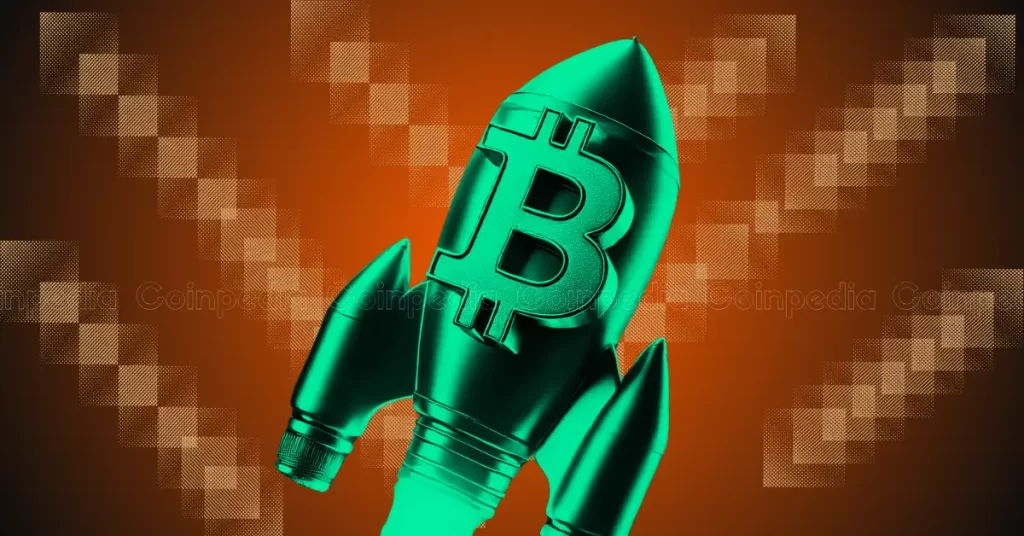
The post Chamath Palihapitiya Highlights 5 Key Trends Fueling Crypto Growth in 2025 appeared first on Coinpedia Fintech News
After Donald Trump returned to office with a pro-crypto stance, crypto deal-making has exploded in 2025. According to a well-known venture capitalist, Chamath Palihapitiya, crypto acquisitions and public listings in the U.S. have already reached $8.2 billion across 88 transactions, tripling the total value seen in all of 2024. He has also highlighted five key trends driving this rapid growth.
Companies Are Turning Treasuries Into Bitcoin Investments
First, we’re seeing a wave of Bitcoin treasury moves. Companies like Twenty One Capital are following in the footsteps of MicroStrategy by turning their corporate treasuries into Bitcoin investment vehicles. Their business model is simple, buy Bitcoin, hold it, and ride the wave of crypto appreciation.
Wall Street Firms Moving Into Crypto
Second, traditional finance firms are making serious moves into crypto infrastructure. A major example is DTCC’s acquisition of Securrency. This deal allows Wall Street firms to offer crypto services alongside traditional assets, giving investors the best of both worlds on a single platform.
Institutions Are Building Secure Platforms
Third, institutions are stepping up their crypto game. Ripple’s purchase of Metaco shows the push to build platforms that can securely manage digital assets while meeting the strict compliance needs of big players like banks and asset managers.
Crypto Exchanges Merge for Growth
Fourth, crypto exchanges are consolidating. Kraken’s $1.5 billion purchase of futures broker NinjaTrader is a major step in blending digital and traditional trading. It’s all about making it easy for users to move between Bitcoin, stocks, and more without the usual hassle.
Finally, even blockchain projects are merging. Projects like Fetch, Ocean Protocol, and SingularityNET are combining forces to speed up growth, expand their communities, and boost the power of their tokens.
However, all of these moves together are building a bridge between traditional finance and decentralized finance. If this trend continues, 2025 might be the year crypto truly becomes part of the everyday financial world.
Crypto Market Outlook
After struggling for two months, the crypto market is finally showing some strength. The total market cap is now around $3.03 trillion. Leading the way, Bitcoin has just hit $95,000 after a long period of consolidation.
Meanwhile, Ethereum is also moving up, trading at $1,809 with a 10% gain over the week. Other altcoins like XRP, Solana, Cardano, and Dogecoin have also gone up by 8% to 15% this week.
The rapid growth of Bitcoin treasury investments, Wall Street firms entering crypto, and major mergers in crypto exchanges and blockchain projects are driving the surge in acquisitions.
Companies like Twenty One Capital are following MicroStrategy’s model by buying Bitcoin and holding it as part of their corporate treasury to ride the wave of crypto appreciation.



